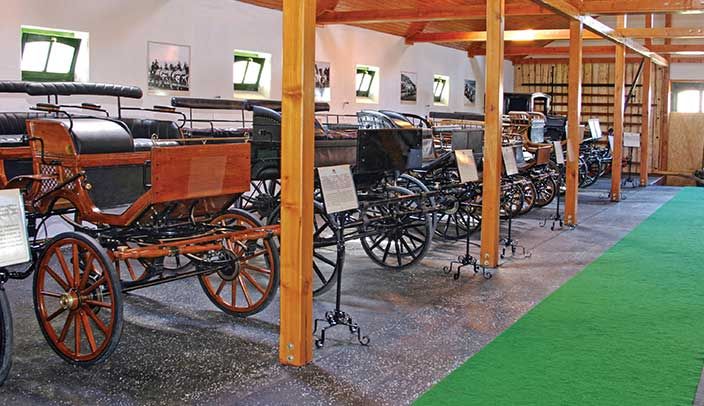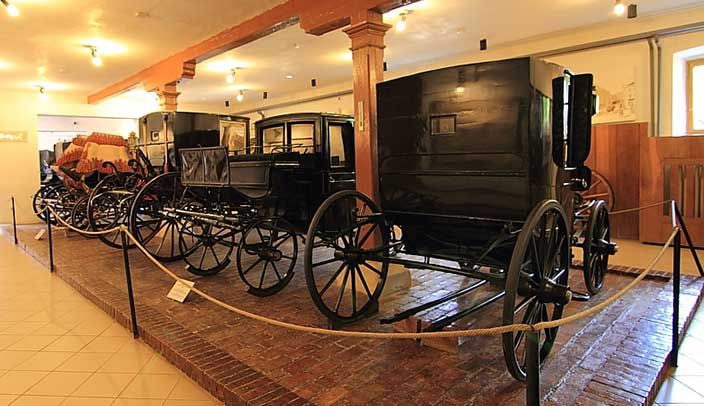Carriage Driving

Carriage driving was already among the events of the ancient Greek Olympics. The first professionally recorded race can be read in Homer's Iliad.
The sport of chariot racing reached enormous proportions in the age of the Roman emperors. The Circus Maximus was able to accommodate 150,000 spectators during the reign of Emperor Augustus, and 385,000 during the reign of Domitian.
However, modern organized sport has a history of just over 100 years.
It was made an official sport by the International Federation (FEI) in 1970, according to whose decision the first official European Championship was held in Budapest in 1971, in the four-in hand category.
We are at the forefront in the world in carriage driving. One-day races are organized mainly for demonstration purposes, often with the participation of amateur drivers. County and regional competitions and championships usually last two days. The domestic and international official "A" and "B" category competitions take place over three days.
The competitions are organized in single, pairs, and four-in hand categories. This is complemented by the pony category of the pair driving category.
Carriage driving sport consists of three events. In the dressage test, the relationship between the driver and the horse and special obedience formulas are examined. They appreciate the grooming of the horse and the overall image with the driver. During the marathon course, the participants usually have to deal with 6-7 obstacles with hills, bridges and water. In the obstacle driving, the competitors must successfully reach the finish line within a specified time.
A new highlight of the international carriage driving sports competitions is the single driving championship for the disabled.
Carriage driving is the most successful discipline of the Hungarian Equestrian Association. Our carraiges are currently rated at the top of the world.
Names of Draft Horses:
- Nyerges (Near Horse): In a team of horses (pairs, threes, fours, fives, sixes, sevens), this is the horse harnessed to the left side of the cart's pole. In teams driven from the saddle, this horse is indeed saddled.
- Rudas (Off Horse): In a team (pairs, threes... sevens), this is the horse harnessed to the right side of the cart's pole.
- Gyeplős (Lead Horse): In teams of four or more horses, this is the horse harnessed in front of the near horse.
- Ostorhegyes (Swing Horse): In teams of four or more horses, this is the horse harnessed in front of the off horse.









